-
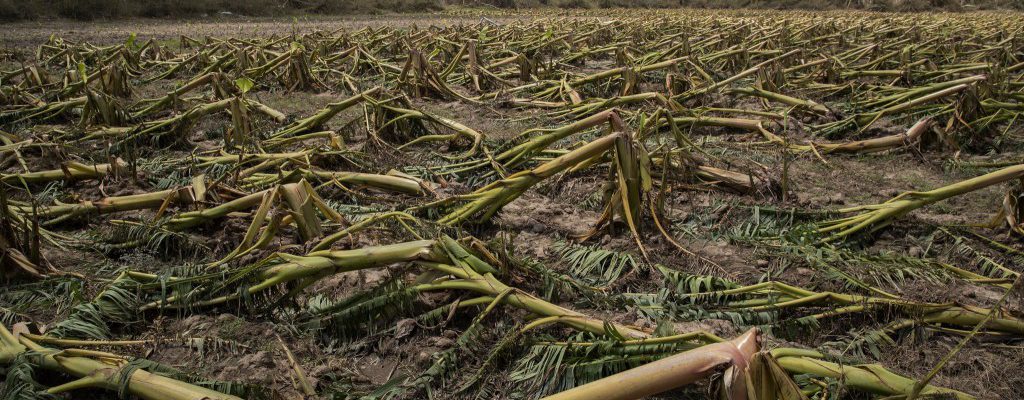
Recently we passed the 1-year anniversary of Hurricane Maria’s devastating passage across Puerto Rico. The number of deaths from the storm, many after the storm passed, has recently been updated to almost 3,000 deaths, including many who died afterwards from lack of electricity to run medical devices, heat, diseases, and lack of water. Time magazine…
-

The water from Hurricane Florence’s rainfall is still rising in streams, causing major problems for coastal communities and agricultural producers in southeastern North Carolina and in parts of South Carolina. By some estimates, over 3 million animals have died, mainly hogs, turkeys and chickens in production farms. Estimated losses from all causes are over $38…
-
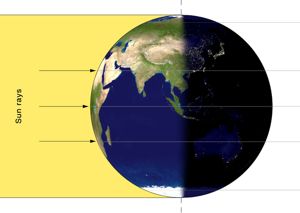
Tonight we will officially begin astronomical fall (remember that climatological fall started on September 1). EarthSky.org has some information about the equinox here.
-
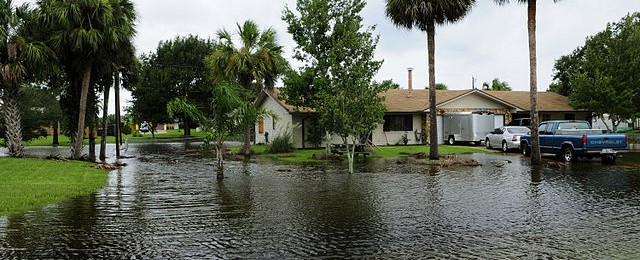
NC State Extension posted a useful story this week on how to repair and restore your home after a natural disaster like a flood. You can find it at https://healthyhomes.ces.ncsu.edu/2018/09/home-restoration-steps-after-a-disaster/?src=rss. Please keep all the folks affected by Hurricane Florence in your thoughts, as many still have not been able to return to their homes and start…
Posted in: Climate and Ag in the news -
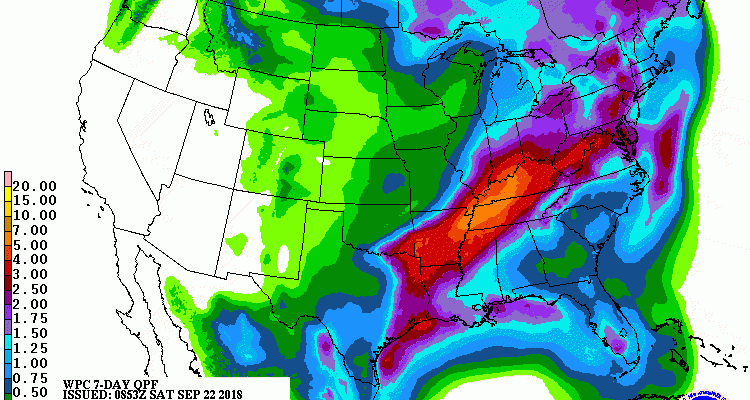
After a mostly dry weekend (except for Florida and the mountains), rain chances increase over the week as a front moves closer to the area. By Thursday, rain is more likely with thunderstorms ahead of the front, but may still be scattered. The driest region this week will be southern Georgia. The heaviest rain will…
Posted in: Climate outlooks -
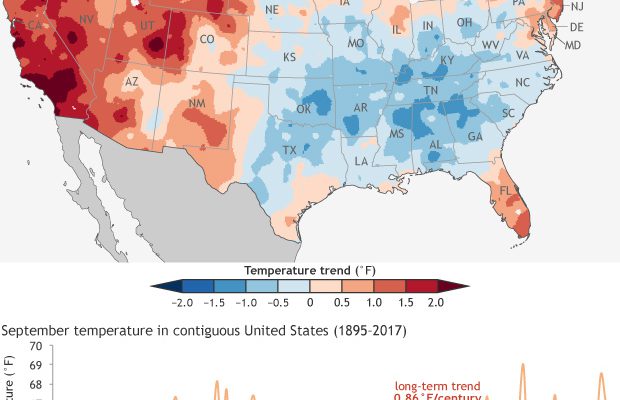
Climate.gov has a new article posted describing how September’s climate is changing across the US. You probably would not be surprised to know that it is not changing the same everywhere across the country. But you might be surprised to know that in most of the Southeast except for Florida, it’s gotten cooler over the…
-

The latest global climate summary for August was released earlier this week. The report shows that for the earth as a whole, it was the 5th warmest August in the 1880-2018 period. For the summer period of June through August, it was also the 5th warmest on record, and the year to date is the…
Posted in: Climate summaries